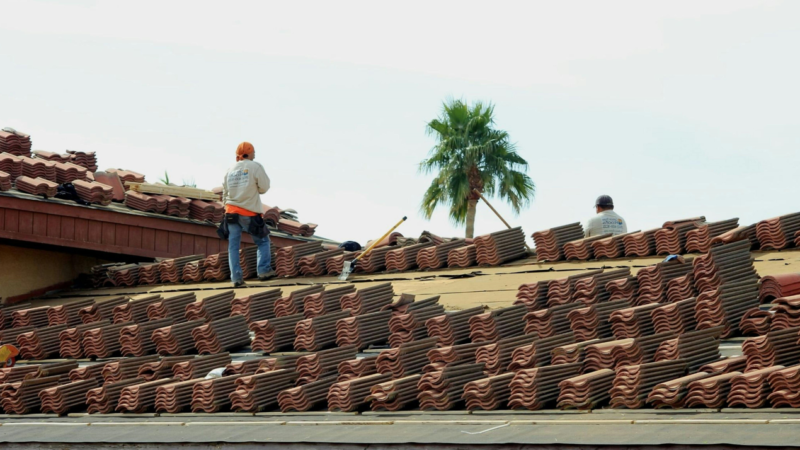The Evolution of Graffiti Wall Painting: From Vandalism to Art

Graffiti wall painting has often been viewed as a form of vandalism, but over the years, it has evolved into a respected art form. From its controversial beginnings to its current status as a legitimate mode of self-expression, graffiti has captivated audiences around the world. Join us as we explore the fascinating journey of graffiti from rebellion to creativity in this eye-opening blog post.
The Controversy Surrounding Graffiti as Vandalism
Graffiti wall art has been a topic of controversy for decades, with many people viewing it as nothing more than vandalism and destruction of public property. However, others argue that it is a form of self-expression and should be considered art. This debate surrounding graffiti as vandalism or art continues to spark discussions among communities, law enforcement agencies, and artists.
One of the main reasons graffiti wall painting is often seen as vandalism is because it involves painting on public or private property without permission. Many view this act as a violation of the law and disrespect towards the owners of the property. In addition, graffiti can also cause damage to buildings and infrastructure, leading to costly repairs. This has led to strict laws against graffiti in many cities around the world.
How Technology has Changed the Game for Graffiti Artists
The emergence of technology in the modern era has had a profound impact on graffiti artists and their art form. With the advent of new tools and platforms, graffiti has evolved from being associated with vandalism to being recognized as a legitimate art form.
One of the most significant changes that technology has brought to the world of graffiti is the accessibility of digital tools. In the past, graffiti artists were limited to using traditional spray cans and markers to create their pieces. This often required them to risk getting caught while painting on walls or other public spaces. However, with digital tools such as tablets and drawing software, artists can now create their designs digitally before transferring them onto physical surfaces. This not only allows for more intricate and detailed artwork but also eliminates the potential legal consequences associated with traditional graffiti techniques.
Moreover, social media platforms have become a game-changer for graffiti artists. These platforms provide an instant global reach, allowing artists to showcase their work to a wider audience beyond their local community. Artists can also connect with other like-minded individuals from around the world, collaborate on projects, and gain inspiration from each other’s work. Social media has also given rise to virtual street art exhibitions where artists can display their creations without needing physical walls or buildings.
Additionally, technological advancements have made it possible for graffiti artists to experiment with new techniques and mediums. Augmented reality (AR) technology has opened up new possibilities for street art by allowing it to interact with its surroundings in real-time. AR-enabled murals are becoming increasingly popular as they allow viewers to experience an immersive visual experience like never before.
Conclusion: The Future of Graffiti
Graffiti has come a long way from its origins as an act of vandalism to becoming a recognized form of art. It has been embraced by the mainstream art world, and many graffiti artists have gained recognition and success in their careers. But what does the future hold for graffiti? Will it continue to evolve and thrive, or will it fade away?





